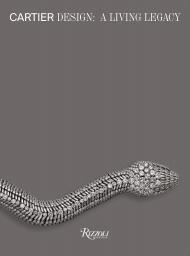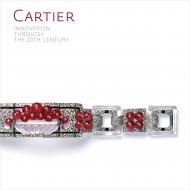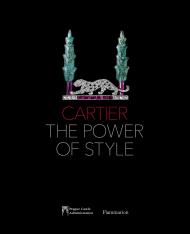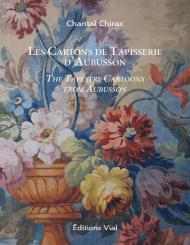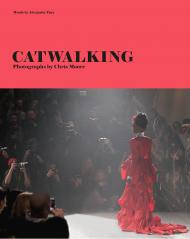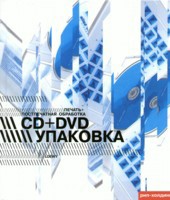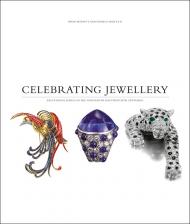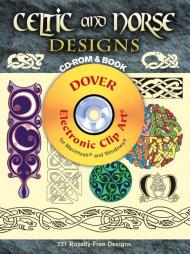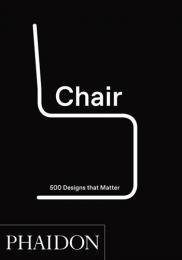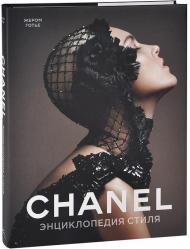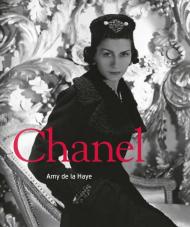This is a journey through Cartier’s history and its iconic jewelry.
This catalog is not a nostalgic journey through the past; rather, it seeks to highlight the way in which Cartier’s heritage serves as an inspiration to new generations of designers across the world, and how those repertoires take on a new spirit upon being reinvented by a new generation responsible for continuing, developing, renewing, and keeping alive the fashion house’s great legacy.
Five thematic units — The Early Days and the Birth of a Style, Universal Curiosity, Jeanne Toussaint’s Taste, Wearing Beauty and Measuring Time, and María Félix and Icons of Elegance — present close to 180 pieces from the Cartier Collection as well as institutional and private collections. In this way, the exhibition catalog allows us to understand the house’s history, and the development of its unique language and style, its savoir faire, and the evolution thereof.
About the Author:
Ana Elena Mallet is a Mexican curator and author. She has also served as consultant, adviser, deputy director, and head of preservation in some of the most important cultural spaces in the country. Michel Aliaga is Director of Transmission of Cartier History and Heritage. Eugenio López Alonso is President of Fundación Jumex Arte Contemporáneo. Pierre Rainero is Director of Image, Style and Heritage, Cartier. Cyrille Vigneron is President and CEO, Cartier SA.
